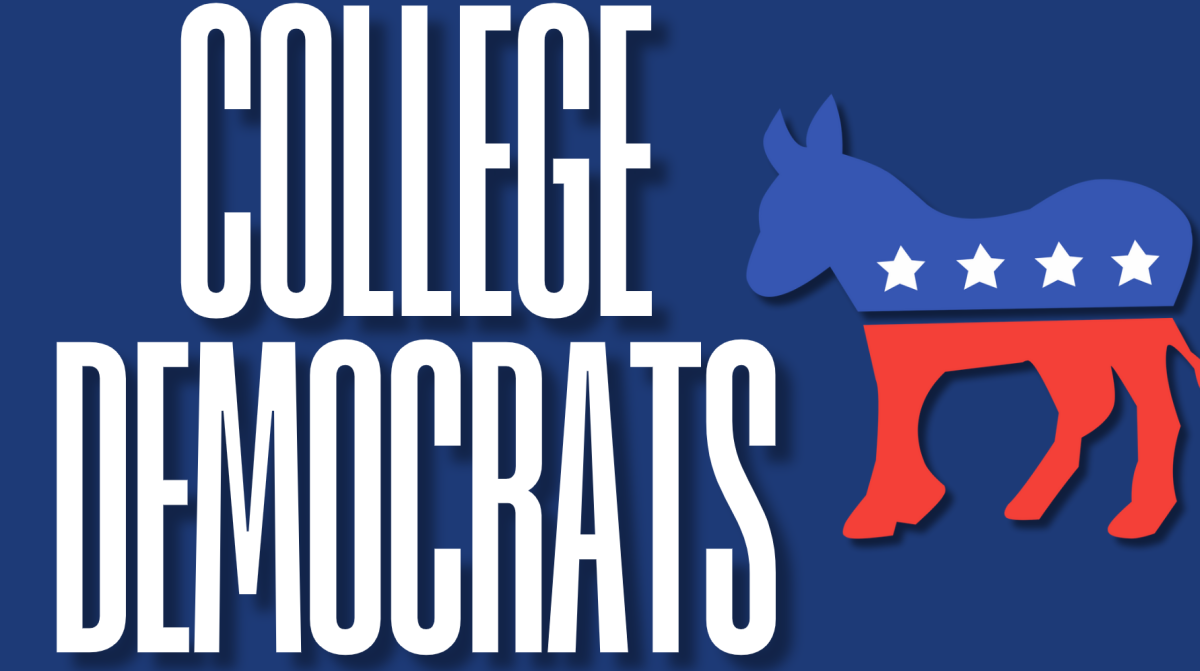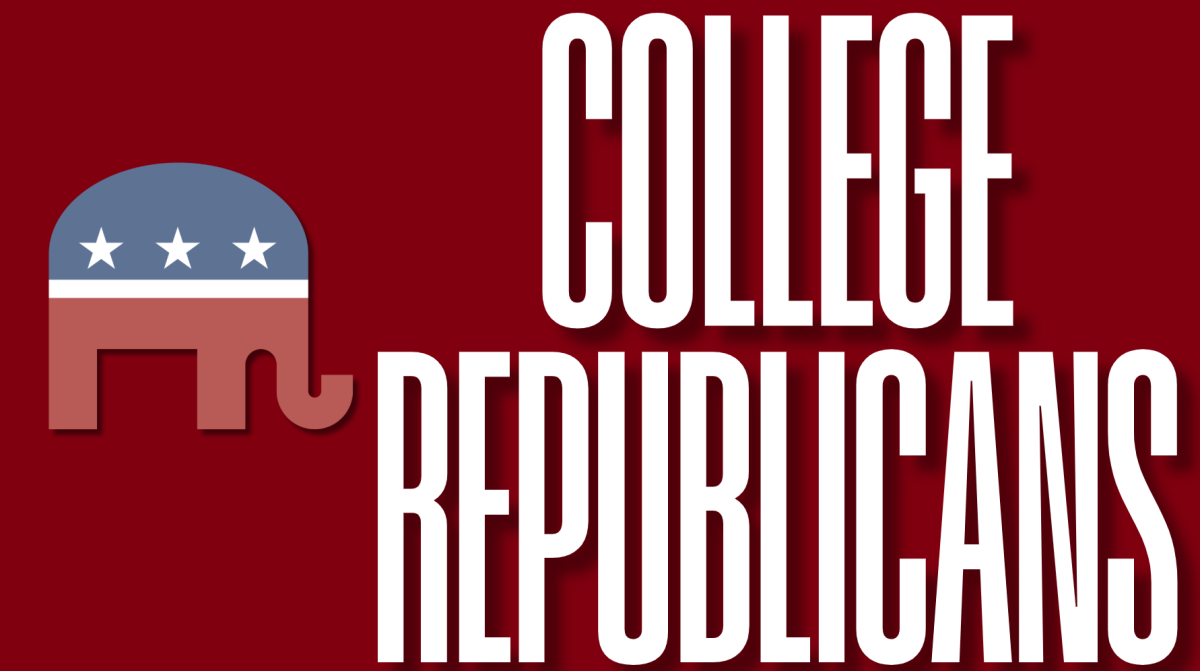By DYLAN DEMARTINO
STAFF WRITER

Electronic cigarettes offer the benefits of being less toxic to the human body than traditional cigarettes and, perhaps, more importantly, the freedom to get a nicotine fix in situations where smoking is normally prohibited.
The ability to smoke what is in some ways similar to a cigarette in public and indoors is becoming increasingly controversial as more and more people are picking up the habit of electronic cigarettes. Products that once seemed like curious novelties for a fringe market have become big business. Dedicated brick and mortar stores are sprouting up in big market areas and online sales are booming.
With a retail market value that is asserted by industry experts to be worth about one billion dollars annually, not including a sizeable online market, it is easy to see why the popularity of electronic cigarettes, or as they are more colloquially known, “e-cigs,” is drawing high-profile attention. This increasing scale of use is soliciting concern from cities and public health organizations across the world. Many have grown concerned that electronic cigarettes may be more harmful than they appear and are calling for stricter regulations.
It could be posited by some that rather than serving their assumed purpose as a tool to quit, e-cigarettes especially when branded with lots of flavors could help to get youngsters addicted to nicotine. Despite such potential, the flavoring of electronic cigarettes and the fear that they could harm others do not seem to justify a regulation regime comparable to those proposed in France to ban them in public places, which is something some Americans would like to see in the United States.
The Obama administration supported legislation to ban many flavored tobacco products. But do the conveniences, choice, flavors and availability of electronic cigarettes make children more likely to smoke actual cigarettes? Could these devices pose the potential to get an individual hooked on nicotine before they even try a cigarette?
Ken Ochs, FCRH ’15, feels that the selective severing of flavor availability is “ultimately arbitrary, not only because it doesn’t actually address menthol flavored cigarettes, which the FDA recently classified as a public health threat, but it punishes adult consumers preemptively for the assumption that children will do something just because it has exotic flavors. Do we see middle school students lining up to smoke flavored hookah tobacco just because it has that flavoring? I don’t believe we have.”
How can one be sure that such an effect is possible? Major traditional tobacco companies like RJ Reynolds have conceded to the market power of electronic cigarettes. Reynolds has begun developing its own electronic cigarette brands such as the VUSE product. RJ Reynolds also has asserted its rights in the electronic cigarette market by filing trademark infringement suits against online electronic cigarette vendors who compare their brands’ flavors to Camel cigarettes.
Perhaps it is due to the involvement of traditional “Big Tobacco” in the market that it has recently become illegal in many places for minors to purchase electronic cigarettes. Such an obstacle certainly will not stop them from puffing an electronic cigarette if they so desire. Just as youngsters have been able to get real cigarettes from their parents or friends, there is certainly a way for a kid looking to get his hands on an e-cig to convince someone of sufficiently crooked ethical predisposition to make a purchase on his behalf.
Despite the potential repercussions that electronic cigarettes are more problematic than they may seem from a public health perspective, the fact remains that they are still alleged to lack most of the more pernicious carcinogens found in real cigarettes. The gas exhaled from an electronic cigarette is almost entirely water vapor. Ochs notes that standing in front of exhaled electronic cigarette “smoke” is like “standing near a stove when you’re boiling water”. Unlike secondhand smoke which is known to be harmful to those in its general vicinity, electronic cigarette discharge has not been shown to have comparable negative impact.
It is therefore fundamentally not a public health issue of similar magnitude to real cigarettes and thus undeserving of congruent legislation. If people cannot use electronic cigarettes in public like many interest groups in the United States and some government officials in England and France would like then using an electronic cigarette would be legally prohibited in the same way as a real cigarette. Despite containing nicotine, these two items have little in common in terms of the way their use by one person can affect others and therefore shouldn’t be viewed under the same legal lens.
The only lens they seem subjected to right now is superstition. Smokers looking to quit using electronic cigarettes would have a harder time kicking the habit if they were forced underground with their use of the devices.
Dylan DeMartino, FCRH ’14, is a history and Middle East studies double-major from Croton-on-Hudson, N.Y.









































































































































































































